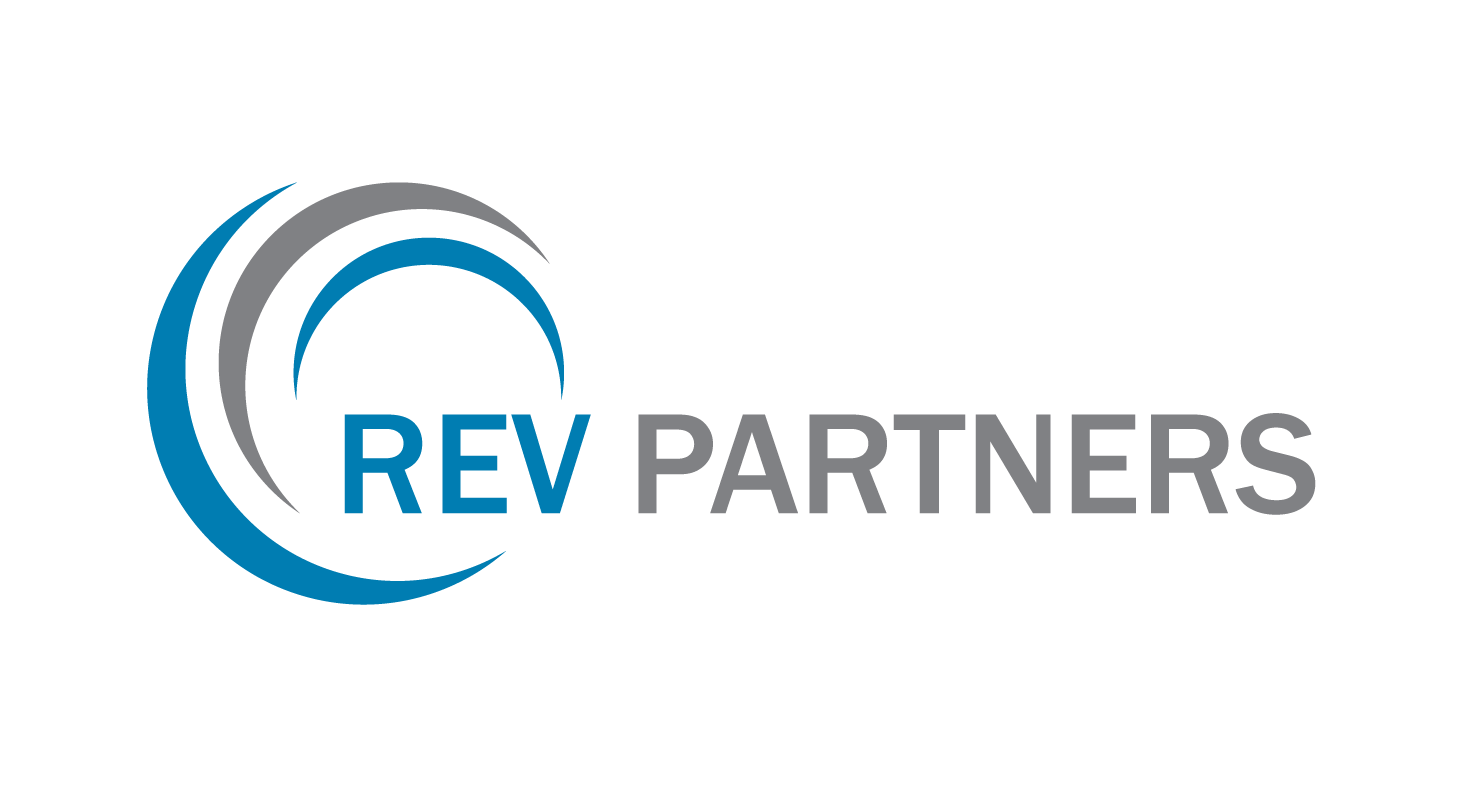Navigating Cost Volatility – Pricing Strategies
The world has been grappling with cost volatility due to the global pandemic, causing organizations to face difficult challenges in managing pricing. Organizations can turn these challenges into opportunities by adopting best practices and a strategic approach to pricing. This article is organized into the following sections:
Cost Volatility in the New World
The pandemic has drastically changed demand patterns and disrupted supply chains, leading to significant increases in input costs across various industries. This has put immense pressure on organizations to adjust their pricing strategies accordingly. Many commercial leaders hesitate to pass on input cost increases to their customers, fearing a negative impact on customer relationships and market share.
However, reactive pricing actions often result in rushed, broad price increases that harm customer satisfaction and weaken strategic pricing efforts. As businesses strive to adapt to the new normal, they need to adopt a more strategic and thoughtful approach to pricing that protects margins while fostering healthier pricing practices and stronger customer relationships.
Approach to Pricing Excellence
To ensure successful pricing outcomes, organizations can follow these essential steps:
Refresh & Update Fact Base
Create a solid foundation of historical data on key contracts, cost pass-through performance, and current cost pass-through policies. In tandem, enhance standard, actual, and forecast costing processes to accurately reflect input cost changes. Building this analytical fact base allows organizations to develop an evidence-based pricing strategy and identify immediate wins, such as renegotiating outdated contracts.
Define Pricing Strategy
Tailor your pricing strategy to the specific business and economic context. This may involve linking prices to commodity indexes, forecasting raw-material costs and supply-demand imbalances, or using value-based pricing approaches. Additionally, organizations can explore cost remediation strategies, such as switching suppliers, altering product content, updating standard cost processes, and matching customer contract durations with supplier contracts.
Launch the Execution Engine
Empower sales teams through training, role-playing, performance management, and cutting-edge analytical pricing tools. This equips them to have effective, transparent price-change conversations with customers and potentially uncover new opportunities for value creation.
Governance & Tracking
Establish clear processes for pricing approvals, customer concern handling, and exception management. Continuously monitor performance at a granular level to make timely adjustments and ensure targets are met. This may involve weekly or even daily tracking of customer-item results.
The Importance of Execution
While the four-step approach may seem straightforward, the true challenge lies in executing these steps with the necessary granularity, accuracy, and speed to make them effective and actionable. Organizations should not shy away from action due to perceived data and analytic talent limitations. Often, existing data and systems are sufficient for undertaking basic analyses and actions.
The Path to Pricing Excellence
Organizations that successfully navigate cost volatility can further invest in their systems and talent to uncover new pricing opportunities. By adopting a focused change-management effort and cross-functional collaboration, they can better manage cost increases, price volatility, and future challenges.
CEOs and Board Members can focus on navigating cost volatility, and leverage the current cost volatility challenge to improve pricing practices and customer relationships. By following a strategic, analytical, and customer-centric approach, organizations can potentially recover cost increases, minimize negative financial impacts, and foster pricing excellence in the long run.
Building Resilience Amidst Cost Volatility
As organizations navigate through cost volatility, CEOs and Board Members can take additional measures to strengthen their pricing strategies and build resilience for future challenges:
Invest in Advanced Analytics and Technology
By leveraging advanced analytics and technology, organizations can better predict cost trends, identify optimal pricing strategies, and make informed decisions. Technologies like artificial intelligence and machine learning can provide deeper insights into customer behavior, market trends, and competitive dynamics, enabling a proactive and agile response to cost volatility.
Enhance Cross-Functional Collaboration
Encourage collaboration between sales, marketing, finance, operations, and procurement teams to ensure a cohesive approach to pricing and cost management. Sharing information and insights across departments can lead to better decision-making, efficient execution of pricing strategies, and uncovering hidden opportunities for value creation.
Focus on Customer-Centricity
Understand and address customers’ needs and concerns to maintain strong relationships during times of cost volatility. By adopting a customer-centric approach to pricing, organizations can not only protect their margins but also foster loyalty and create lasting value for their customers. Transparent communication and proactive engagement with customers will help organizations maintain trust and credibility in their pricing actions.
Cultivate a Culture of Pricing Excellence
CEOs and Board Members should instill a culture of pricing excellence within the organization, emphasizing the importance of strategic pricing and continuous improvement. Providing training, resources, and support to employees across all levels will help develop a skilled and motivated workforce, capable of navigating cost volatility and ensuring long-term success.
Monitor and Evaluate Pricing Strategies
Regularly assess the effectiveness of pricing strategies, making adjustments as needed based on internal and external factors. By continuously monitoring and evaluating pricing actions, organizations can optimize their strategies to achieve the desired financial and customer relationship outcomes.
In summary, cost volatility presents organizations with both challenges and opportunities to strengthen their pricing practices and customer relationships. By adopting a strategic, analytical, and customer-centric approach, along with building resilience through advanced analytics, cross-functional collaboration, customer-centricity, a culture of pricing excellence, and ongoing monitoring and evaluation, organizations can not only survive but thrive in the face of cost volatility and future uncertainties.
——————————————————————————————————————————-
ABOUT REV PARTNERS
REV Partners. Business Transformation Experts. Digital Transformation Experts. We are a Management Consulting & Advisory firm. We help Fortune 500 & Private Equity clients address the most pressing issues related to Transformation, Strategy, Operations, Organization and Digital. We can also provide experienced experts as Interim “Chief Transformation Officer” or equivalent, to accelerate, lead and execute ambitious Business Transformation or Digital Transformation programs. If you or your organization need support, please contact us, follow us on Twitter, or Email us at meet@revpartners.com.
© REV Partners. All Rights Reserved.

